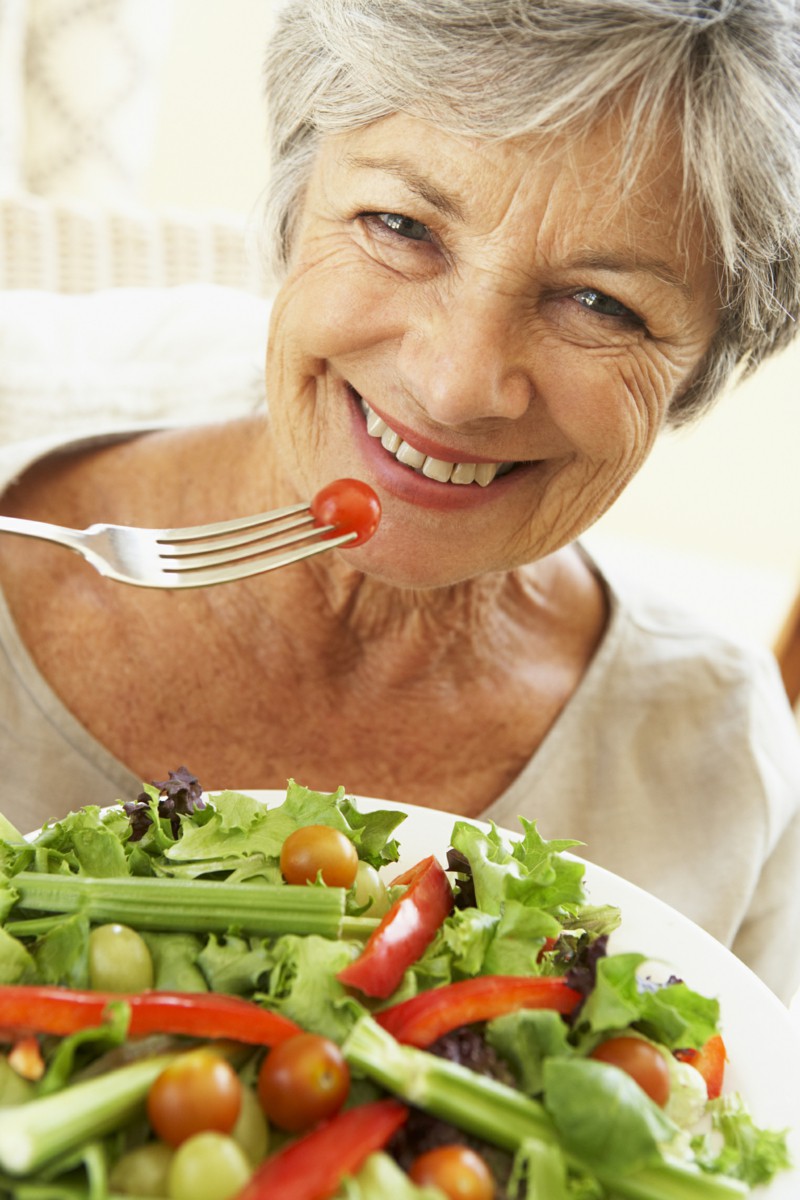-by Rebekka Frazer (Accredited Practising Dietitian)-
It’s a well-known fact that women’s bodies undergo a profound hormonal shift as they enter the latter season of their life. Declining estrogen and progesterone levels have a massive impact on the body’s metabolism. The good news is that you can definitely help to manage this from a nutritional perspective (with even better results when coupled with a good exercise regime).
Top Tips:
- Declining metabolic rate.
As women (and men) age our metabolic rate naturally declines, largely due to decreasing lean muscle mass over time. This means that we can no longer get away with eating as much as we were in our 20s and 30s. Some of the best ways to combat this is to fill up on more nutrient dense whole foods (fruit, veggies, lean proteins, legumes and eggs) over calorie dense options (anything processed with added sugars and/or fats). Making sure every meal (starting with breakfast) contains a good quality source of protein will also help your body to hold onto it’s lean muscle mass and promote satiety. Good sources of protein include lean meat, skinless chicken, seafood, eggs and reduced fat dairy products. Doing some form of resistance training under the supervision of a qualified Exercise Physiologist will also help to minimise the decline in your lean muscle mass and therefore help to keep your metabolism firing along as best as possible. - Declining bone mineral density.
Once women progress through menopause (dramatic drop in estrogen levels), we no longer have the hormonal protection against decreasing bone mineral density. From a nutritional perceptive, making sure you are meeting calcium and vitamin D requirements will help to minimise the chances of developing osteoporosis. The recommended calcium intake for women aged over 50 years increases to 1300mg per day (for reference a serving of dairy e.g. 250ml milk, 200g tub of yoghurt or 2 slices of cheese each provide approximately 300mg of calcium, so you are looking at roughly 4 servings of dairy per day). Vitamin D helps your body absorb calcium and is largely obtained by the action of sunlight on your skin. There are also smaller amounts of vitamin D in oily fish (e.g. salmon) and egg yolks. It’s also worth noting that if you aren’t loading your bones through weight-bearing exercise, you aren’t going to be able to target the calcium to the bones where it is needed. Speak with an Accredited Exercise Physiologist to establish an appropriate resistance training program to give you the best possible chance of maintaining your bone mineral density. - Free radicals.
Free radicals are naturally produced as by-products of the aging process and contribute to further damage at a cellular level. The best way to combat these through nutrition is to ramp up your antioxidant intake. Think brightly coloured veggies and fruits like berries. Aim for at least half your plate at both lunch and dinner to be a rainbow of non-starchy veggies or salad to help quench these free radicals before they have a chance to take effect in the body.
Northside Allied Health will soon be commencing a women’s 50+ pilates and strengthening class called Pilates Plus, to be launched on International Women’s Day. For more information on the program visit this page and register your interest for the free trial class.

